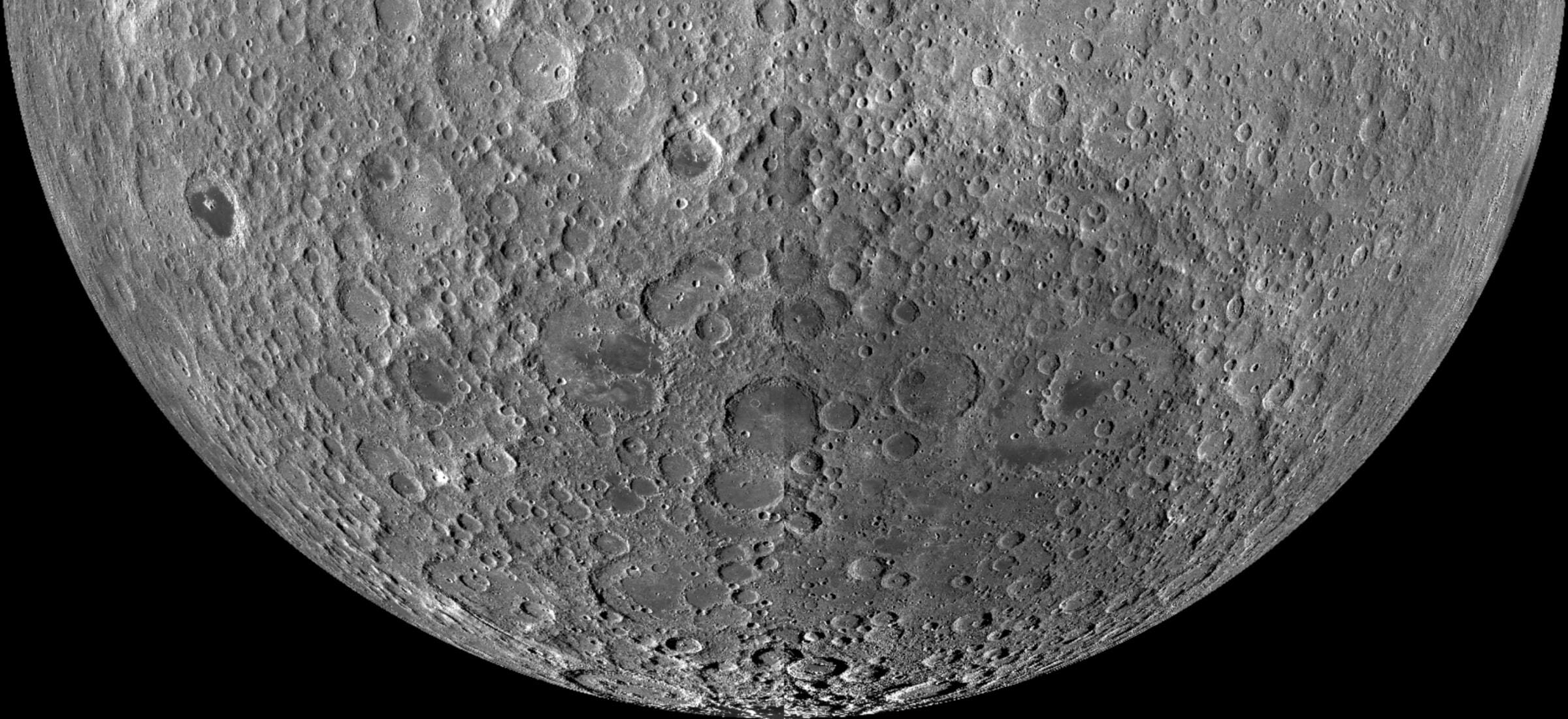Our partner's advertising links are included in the text
Candice Bedford, a planetary scientist from Purdue University in Indiana, confirms that the discovered rocks are very unusual and that is why scientists are trying to find out what is happening to them. These discoveries come as NASA conducts an architectural review to return Martian rocks to Earth as part of the Mars Sample Return (MSR) program.
The white rocks, which scientists call “floaters,” were removed and moved from their original environment. Some are smooth with pitting, while others appear to be a combination of multiple layers. Analyzes by Perseverance's instruments showed that the rocks were dehydrated and lacked other minerals, including iron, magnesium, calcium and sodium.
The research team is particularly interested in the origins of these unusual rocks because their sources may reveal clues about the Red Planet's past, including when Jezero Crater, which is now a barren area, was flooded with water.
The Perseverance rover, which has traveled more than 15 miles since arriving at Mars, celebrated 1,000 days of science last December. As part of an additional mission launched this spring, the Perseverance rover began approaching the rim of Jezero Crater, and its camera imaged more bright rocks scattered in that area as well.
But these mysterious rocks aren't the only reason scientists want to get Perseverance to the crater's rim. They believe that there is a unique geology that has not yet been discovered. This includes rocks that may hold records of the formation of the Martian crust and early climate. They may even contain evidence of biosignatures.
Questions remain about the NASA-led MSR program, including when and how the agency plans to return collected samples to Earth. Last October, NASA tasked the response team with evaluating alternative approaches to MSR after an independent review panel found that the current architecture would lead to cost and schedule overruns.
Do you like looking at the sky? Check out the special offer of popular telescopes in our partner store:

Echo Richards embodies a personality that is a delightful contradiction: a humble musicaholic who never brags about her expansive knowledge of both classic and contemporary tunes. Infuriatingly modest, one would never know from a mere conversation how deeply entrenched she is in the world of music. This passion seamlessly translates into her problem-solving skills, with Echo often drawing inspiration from melodies and rhythms. A voracious reader, she dives deep into literature, using stories to influence her own hardcore writing. Her spirited advocacy for alcohol isn’t about mere indulgence, but about celebrating life’s poignant moments.








